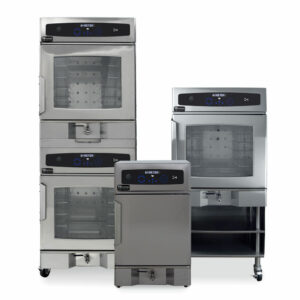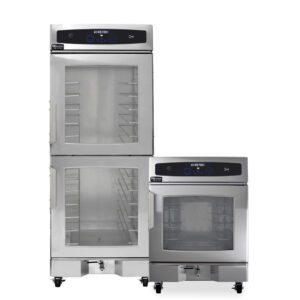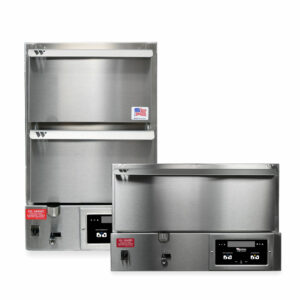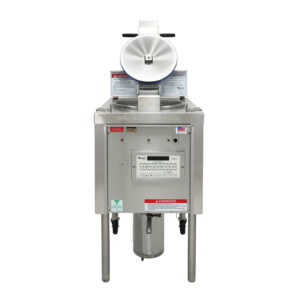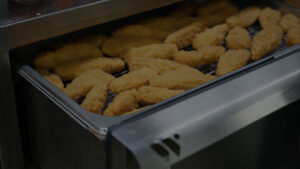
Opening a new kitchen is no walk in the park. There are plenty of challenges to bear in mind, whether in a restaurant, a healthcare facility, a school cafeteria, or another type of operation. To paraphrase Benjamin Franklin, “if you fail to plan, you are planning to fail.”
Choosing the right restaurant kitchen equipment can be overwhelming. Setting up a new kitchen involves planning for food preparation, cooking, storage, and refrigeration. Winston is an easy choice for new cooking and holding equipment. We also offer one of the best pressure fryers on the market!
Types of Restaurant Kitchen Equipment
Ovens
When you think about essential kitchen equipment, the first thing that pops into your mind is probably ovens. Commercial ovens aren’t like home ovens. They have higher power and larger capacities. And they’re designed to cook all day, every day.
Winston has a variety new restaurant ovens to choose from. CVap Cook and Hold Ovens do precisely as their name implies. They cook food and then switch to a holding mode until the food’s ready to be served. While they aren’t as fast as combi or retherm ovens, they make up for that with versatility, precision, and higher food yields.
CVap Cook and Hold Ovens are ideal for classic “low and slow” cooking. This boosts yields, so you can get more servings from every cut or roast. More servings mean better profits. And because you’re not cooking the hell out of it, food retains more natural juices. When it comes to new restaurant ovens they take the cake. Literally! These ovens don’t just roast. They can bake, steam, braise, sous vide, and more.

Winston’s CVap Retherm Ovens are robust ovens designed to reheat prepared cold or frozen foods. When it comes to food safety, time and temperature are important. Retherm ovens are designed to push food temps through the danger zone in under two hours. Our retherm ovens don’t just reheat; they are also capable of a wide range of cooking processes, from baking to roasting to sous vide. Like our cook and hold ovens, our retherm oven can automatically switch to hold mode at the end of the cook cycle, taking pressure off your crew. When considering new restaurant ovens, a retherming oven is an excellent option.
Holding Equipment
No restaurant kitchen is complete without some sort of holding cabinet or drawer. Holding equipment allows you to keep hot, cooked food at a safe temperature until you serve it. It also frees up the other restaurant kitchen equipment, allowing you to keep on cooking. Winston Foodservice offers both drawers and cabinets, which are equipped with our patented CVap Technology.
CVap Holding Cabinets are available in half or full size. Their capacity ranges from four to 14 pans. CVap Holding Cabinets offer longer holding times than any other in the industry. The higher your traffic volume, the more you will need holding cabinets. They can be an essential tool for overcoming staffing challenges
Warming drawers are smaller than holding cabinets but serve the same function. They are usually on or under counters. CVap Drawers are great new restaurant equipment to purchase for operations with limited space, like food trucks and concession areas. Because they recover quickly, CVap drawers are a great option where the food must be accessed frequently. They hold one to two hotel pans, depending on the configuration. CVap Drawers, like other CVap products, offer the best quality hold in the industry.
Fryers
Whether you should consider adding fryers to your restaurant kitchen equipment lineup depends on your menu. If you’ll be offering fried foods, fryers can really boost your productivity and your bottom line.
When it comes to new restaurant equipment, a fryer can be a valuable asset in the kitchen. Collectramatic® fryers are in a league of their own. Designed with durability and efficiency in mind, these fryers deliver consistent, high-quality results every time. Their unique closed frying system reduces oil usage and extends oil life, cutting down on operational costs while maintaining superior food quality.
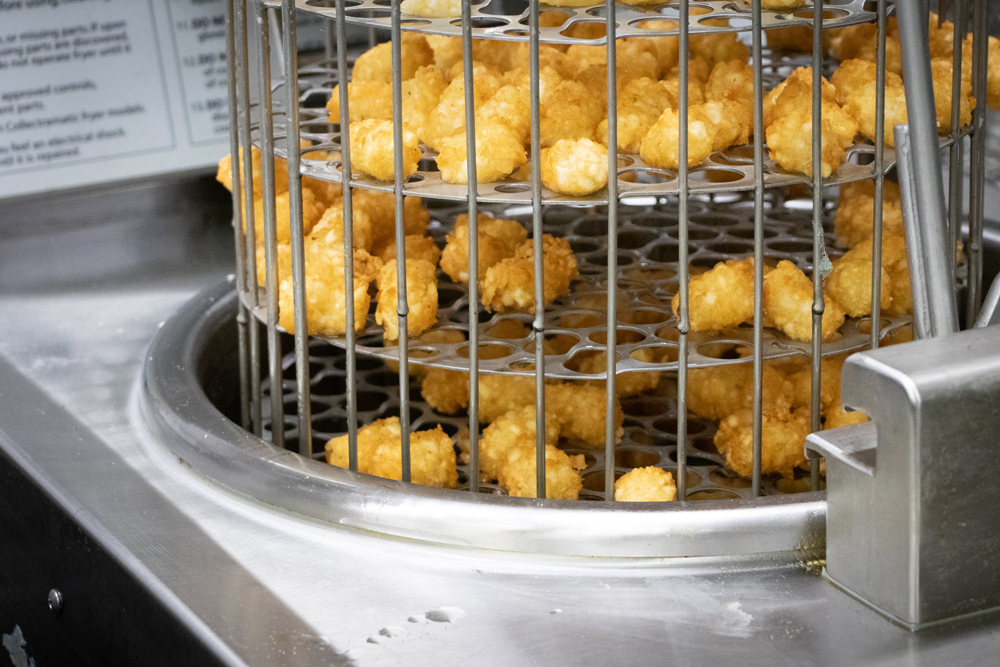
With easy-to-use controls and a robust build, Collectramatic fryers are built for the demands of a busy kitchen, whether you’re serving up fried chicken, seafood, or fries. Plus, their reliability and low maintenance make them the smart choice for restaurants aiming to boost productivity and flavor without compromise.
Important Factors to Consider When Choosing Restaurant Kitchen Equipment
Ease of Use – Equipment complexity is a crucial factor to consider. Commercial equipment needs to have a low learning curve. The nature of the current labor market means you may be dealing with frequent staff turnover. New employees may have little or no experience in the kitchen. The simpler your equipment is to operate, the better.
CVap ovens and holding cabinets are incredibly simple to use. Eight popular cooking and holding cycles are preprogrammed into the controls. The preset channels can be reprogrammed if needed to better suit your menu. Either way, staff can press two buttons and be cooking or holding at desired settings. Easy peasy! Likewise, Winston’s Collectramatic Fryers offer push-button simplicity and easy maintenance.
Budget – Determine your budget and how much you can allocate to purchase new equipment. Consider not only the initial purchase cost but also the total cost of ownership (TCO). This encompasses any installation, maintenance, and operating expenses.
Space Availability – Evaluate the floor space in your kitchen. Measure the dimensions of the area where the new equipment will be installed to ensure it fits properly and allows for proper ventilation and movement. Check your local codes to clarify what equipment must be installed under a vent hood.
Winston offers CVap products in multiple sizes and configurations. Whether you need an under-counter cabinet, a half-size, or a stretch, we’ve got you covered. And CVap ovens don’t require vent hoods (in most locations).
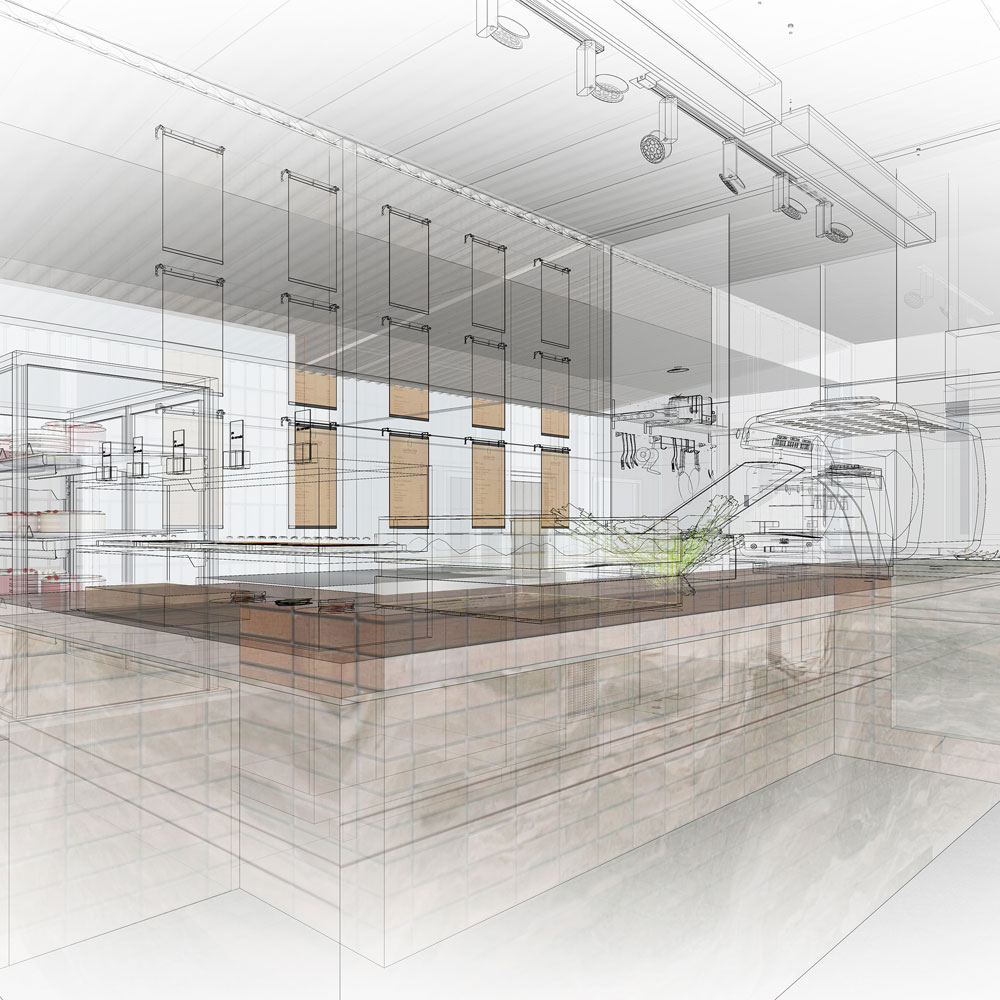
Capacity and Volume – Assess the expected volume of traffic in your operation. Choose equipment with the appropriate capacity to handle your expected workload efficiently. Restaurant kitchen equipment that is too small may lead to delays, while oversized equipment may waste energy and resources. Consider stacked ovens that allow scalable production to make the most of a single footprint. CVap products are available in a wide range of capacities and configurations, ensuring a perfect solution for your needs.
Menu Requirements – Analyze your menu and identify the equipment needed to support your food offerings. Consider the types of equipment required to prepare and serve the dishes you offer. Ensure that the new equipment aligns with your menu requirements. For most operations, this is a combination of cooking and holding equipment.
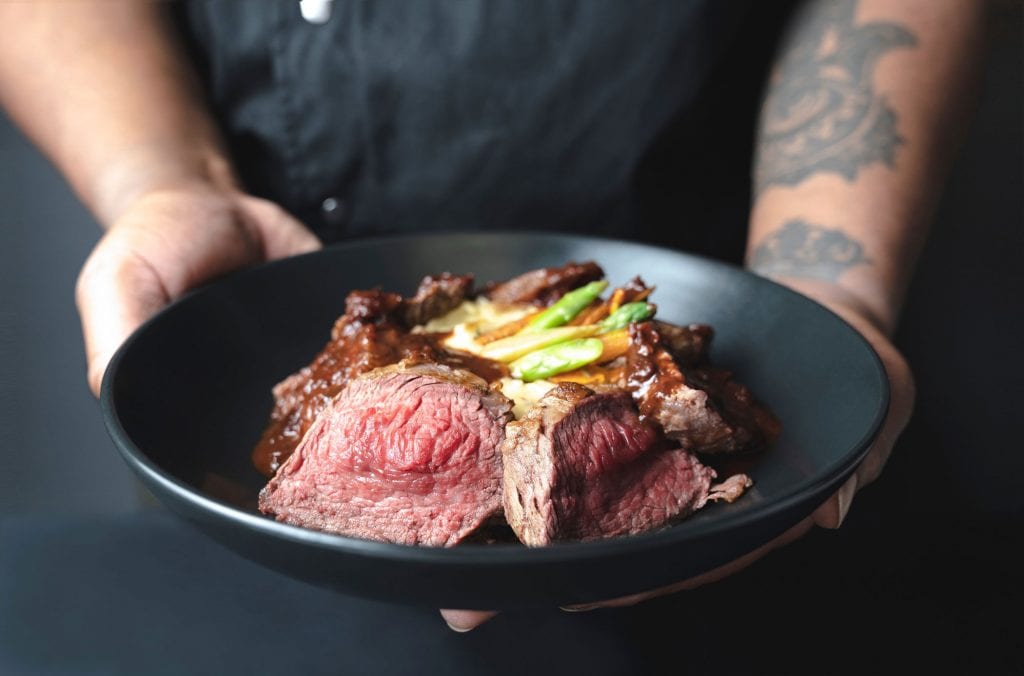
Winston’s CVap restaurant kitchen equipment is versatile enough to handle any menu. CVap technology’s unique ability to maintain the desired food temperature and texture means you can serve anything from soup to prime rib to chicken nuggets hot, fresh, and at the perfect consistency.
Maintenance and Cleaning – Our CVap restaurant equipment is easy to clean and maintain. Racks and rails are removable for washing. The evaporator can be drained via a simple valve. There are no exposed heating elements. All internal surfaces are easy to reach and wipe down. All essential parts are easy to access and replace if necessary.
Be aware that stainless steel appliances (regardless of make or model) require regular cleaning. Stainless steel is incredibly tough, but it must be adequately maintained. Failure to clean can void the product’s warranty.
Durability and Quality – Winston proudly stands behind its products. Our equipment is built in the USA, at our factory in Louisville, Kentucky. Our warranty rivals any in the foodservice industry.
Compatibility with Existing Equipment – Evaluate whether the new equipment will integrate well with your existing infrastructure. Consider factors such as power supply requirements, ventilation systems, and compatibility with other equipment you already have in your kitchen.
Verify that your electrical system can handle the robust energy needs of new cooking equipment. You may need to consult a licensed electrician to evaluate your existing electrical capabilities and upgrade if needed.
Ideally, new restaurant kitchen equipment will complement existing equipment. For example, some operations have combi ovens, which are undeniably fast and versatile. Make the most of your combi’s production capabilities by pairing it with CVap Holding Cabinets. CVap offers the highest quality hold you can get so that the great food you’re cooking in the combi will maintain peak quality.

Regulatory Compliance – It is essential to ensure that equipment complies with local health and safety regulations. Winston equipment meets all requirements for UL, C-UL, UL Sanitation, CE, MEA, and EPA202.
Decision Time
We know there are many factors to consider. But if you do your due diligence in researching what equipment will best meet your needs, you will find the solution that will help your operation run smoothly for years.
Of course, the Winston team is happy to help. Contact us today for advice and guidance on your needs.

